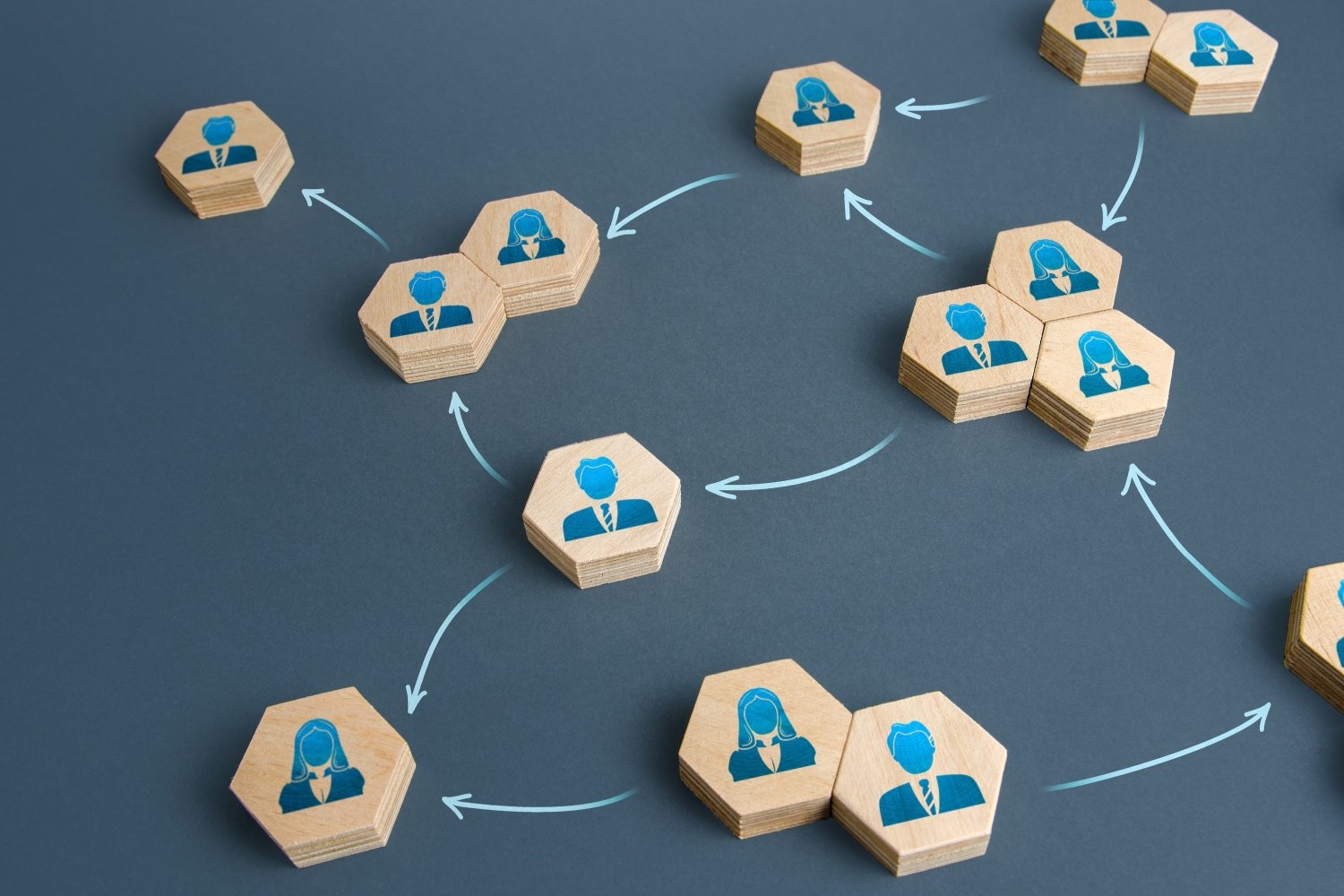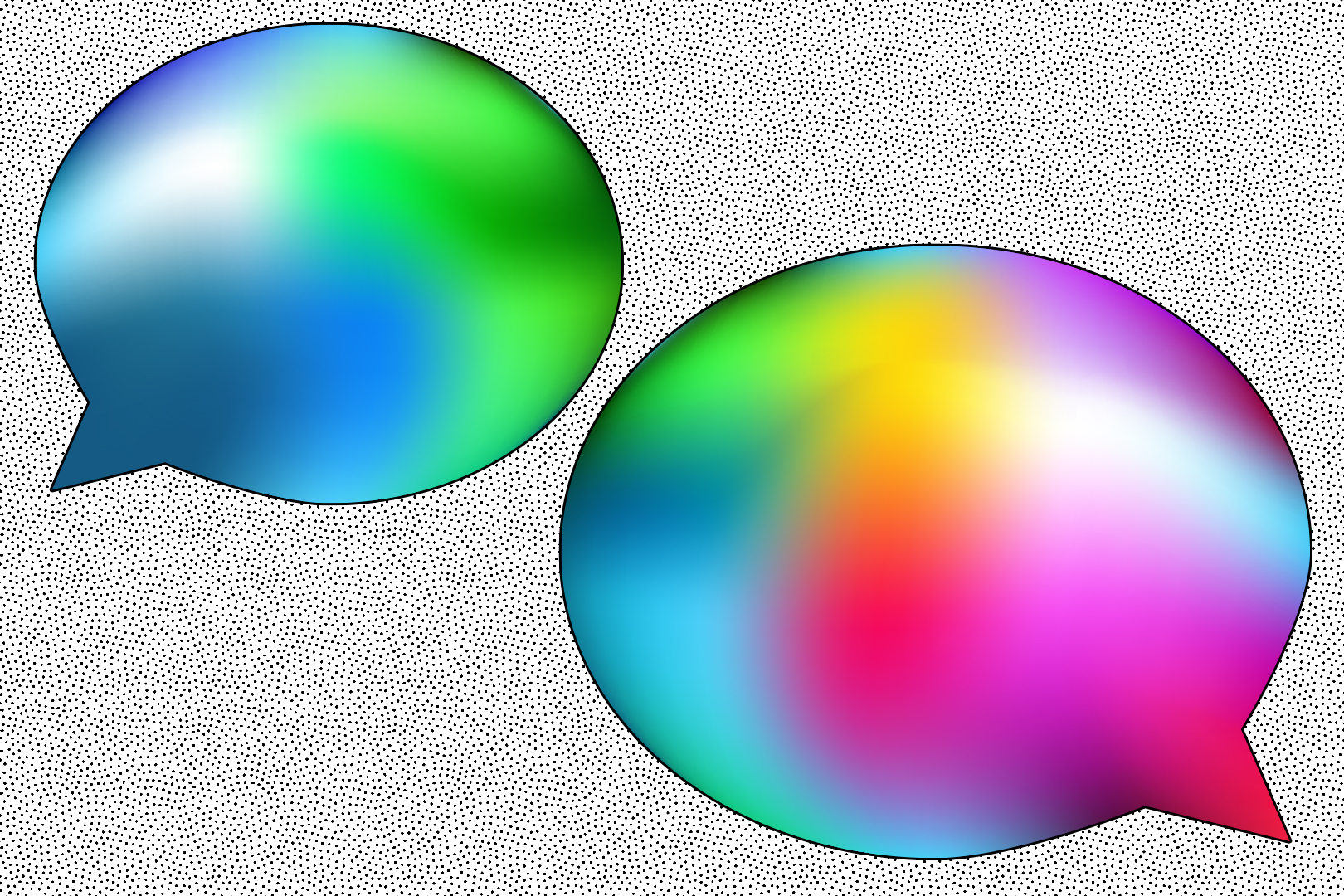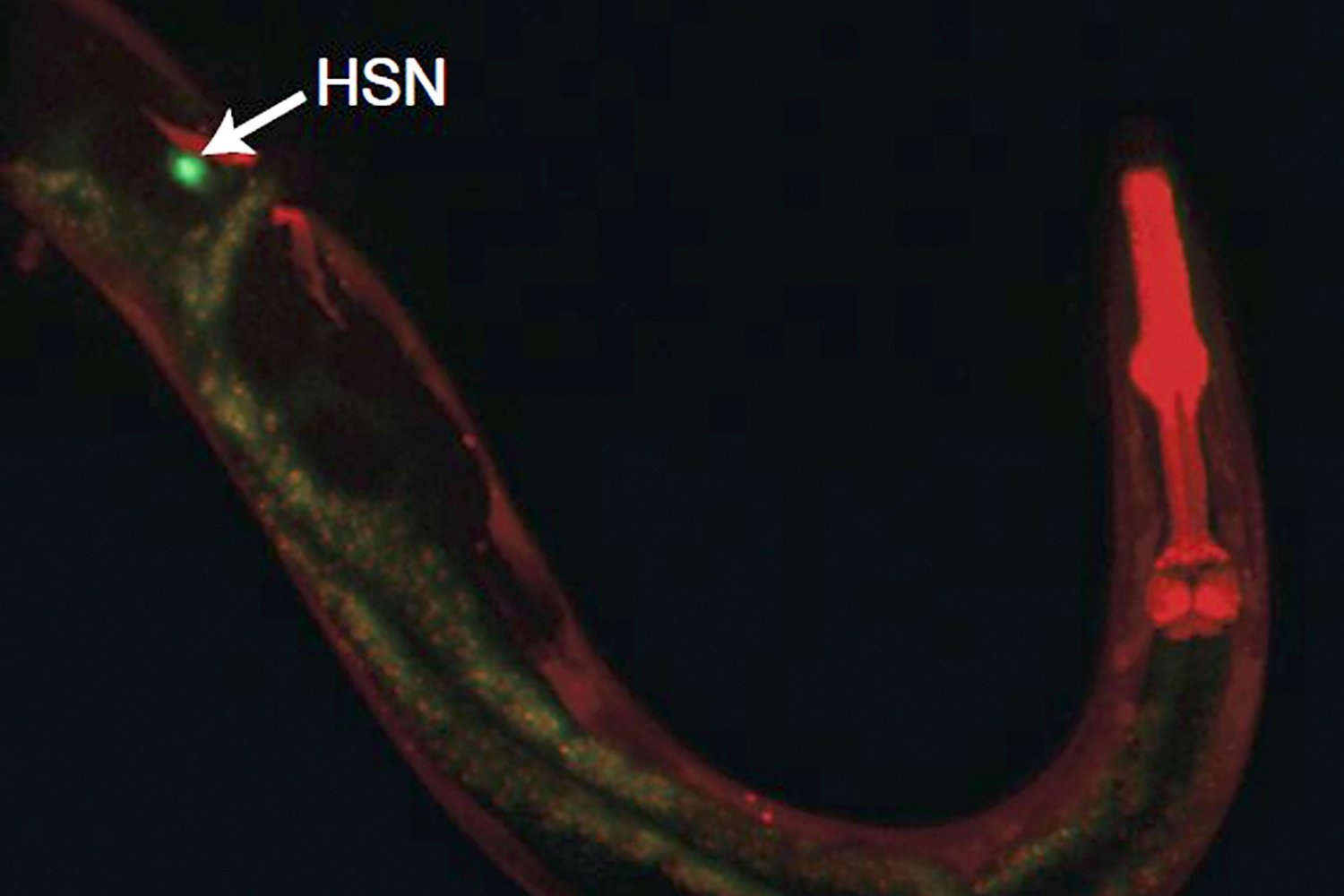How a single neuron’s parallel outputs can coordinate many aspects of behavior
Study finds that in worms, the HSN neuron uses multiple chemicals and connections to orchestrate egg-laying and locomotion over the course of several minutes.
David Orenstein | The Picower Institute for Learning and Memory •
mit
Oct. 3, 2023 • ~7 min
Oct. 3, 2023 • ~7 min
/
13










